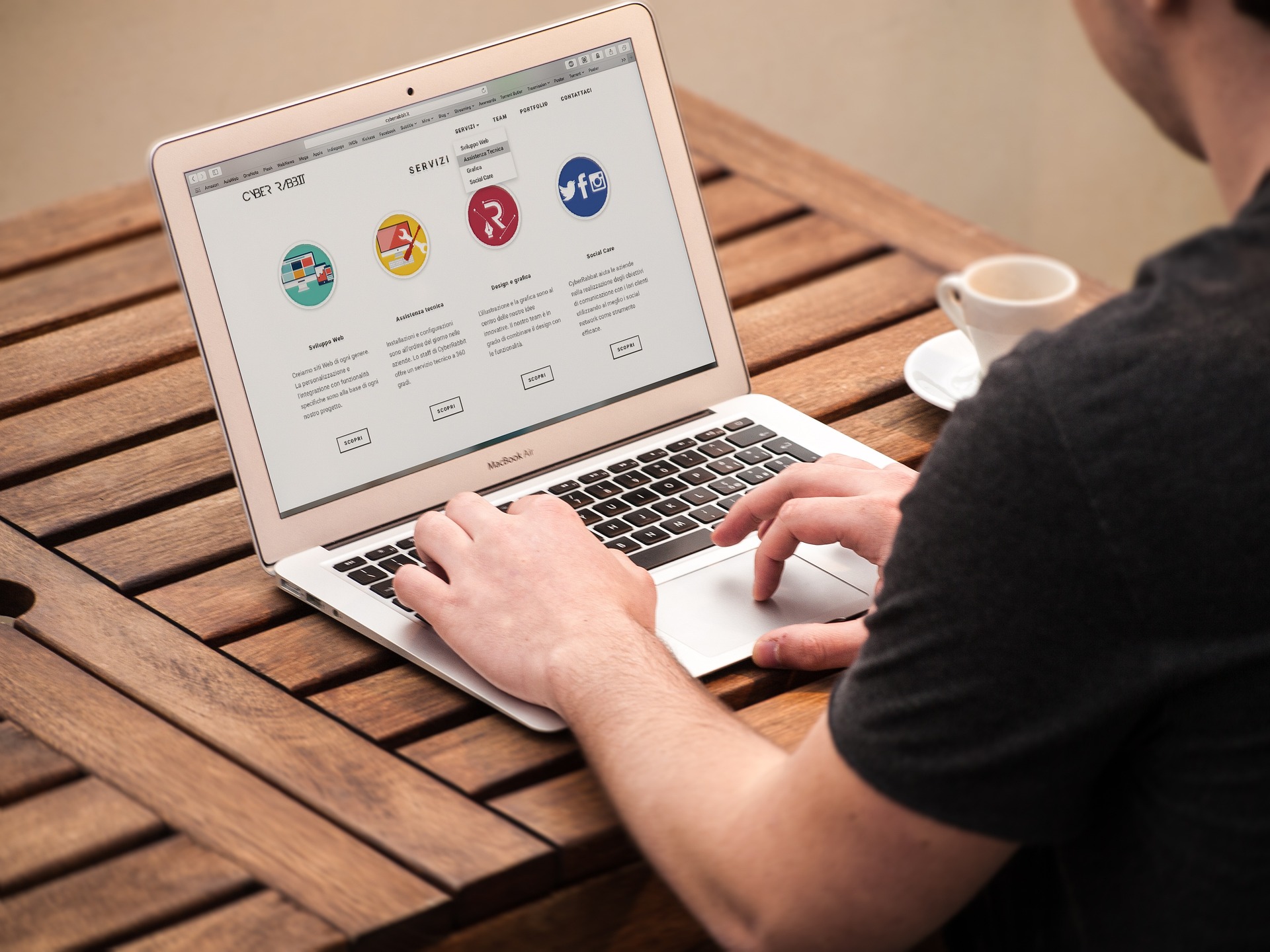In today’s world, web design is more than just creating an aesthetically pleasing website. It’s about designing an experience that engages and delights the user. User experience (UX) plays a vital role in web design, and a positive UX can set your website apart from your competitors. Here are some tips for creating a positive user experience.
Conduct User Research
Before designing a website, it’s crucial to conduct user research. User research helps you understand your audience’s needs, preferences, and pain points. By understanding your audience, you can design a website that meets their expectations and addresses their pain points.
Make Navigation Intuitive
Navigation is an essential aspect of UX. Navigation should be intuitive and easy to use, allowing users to find the information they need quickly. Use clear and descriptive labels for navigation buttons, and make sure they are visible and accessible.
Use Consistent Design Elements
Consistency is key in web design. Use consistent design elements throughout the website, including color schemes, typography, and layout. Consistency makes the website easier to navigate and creates a cohesive user experience.
Keep Load Times Fast
Users expect websites to load quickly, and slow load times can lead to frustration and a negative experience. Optimize images and use efficient code to keep load times fast.
Make Content Scannable
Most users scan content rather than reading every word. Make sure the website’s content is scannable by using headings, bullet points, and short paragraphs. Use bold or italicized text to draw attention to important points.
Use White Space Effectively
White space, also known as negative space, refers to the empty space between design elements. Effective use of white space can make a website look more spacious, organized, and easy to navigate. It also helps draw the user’s attention to important elements.
Prioritize Accessibility
Accessibility is an essential aspect of UX. Ensure that the website is accessible to users with disabilities by incorporating features like alt tags for images and captioning for videos. This ensures that all users can access the website’s content.
Use Responsive Design
With the increasing use of mobile devices, it’s essential to use responsive design. Responsive design allows the website to adapt to different screen sizes, providing a seamless user experience across all devices.
In conclusion, the user experience plays a crucial role in web design. By conducting user research, using intuitive navigation, consistent design elements, and fast load times, creating scannable content, using white space effectively, prioritizing accessibility, and using responsive design, you can create a positive user experience that sets your website apart from the rest.





